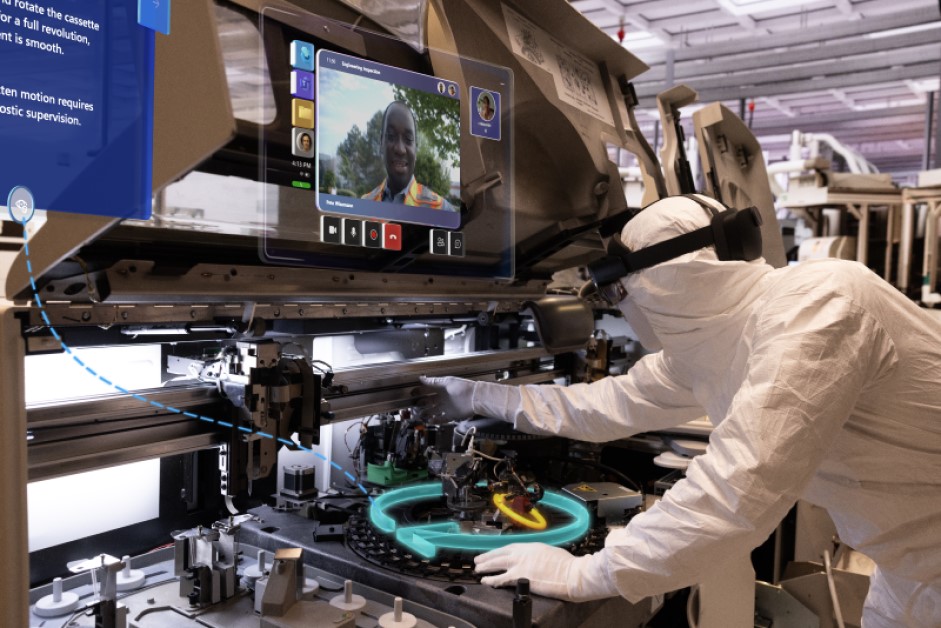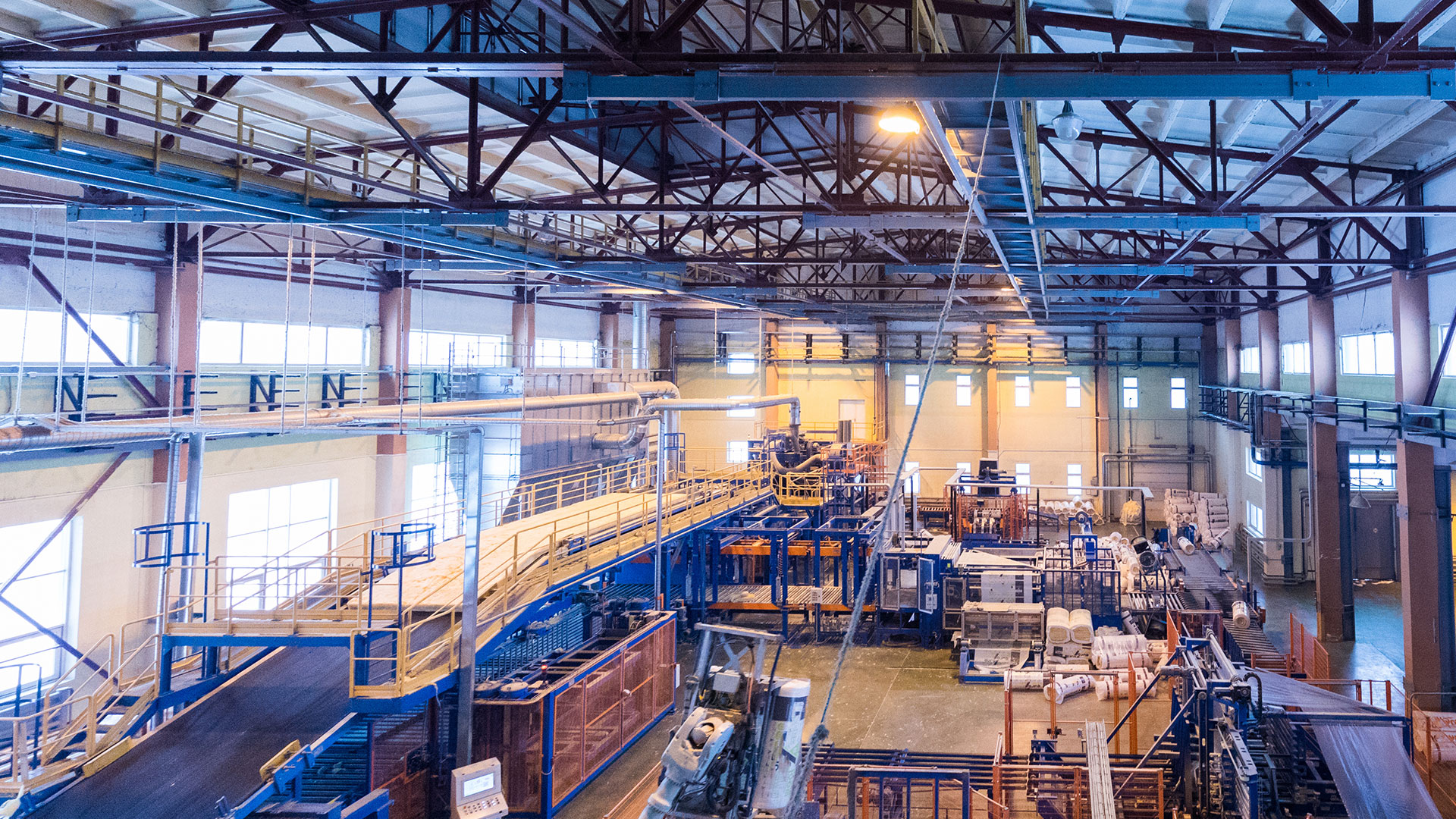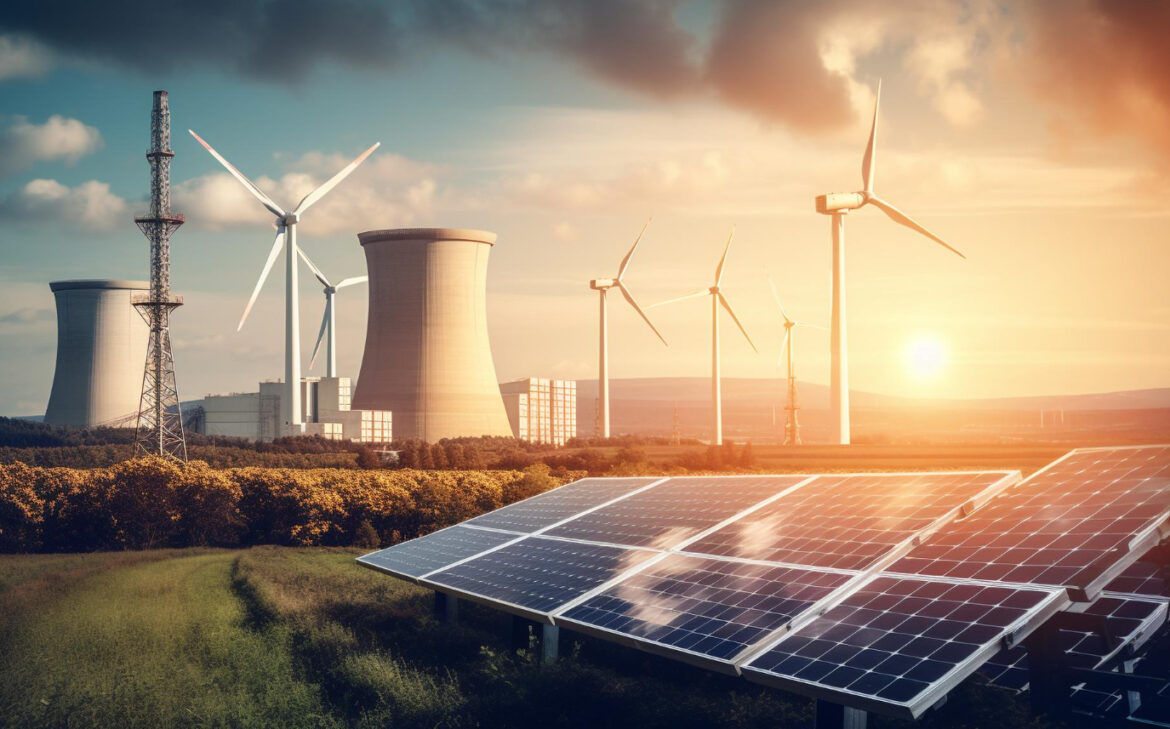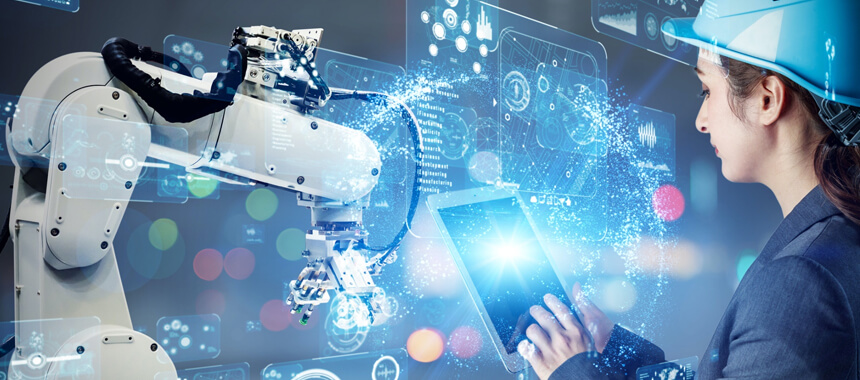
The manufacturing landscape is constantly evolving, driven by technological advancements, changing consumer preferences, and global market dynamics. To stay competitive and capitalize on new opportunities, manufacturers must stay abreast of emerging trends shaping the industry. In this article, we’ll explore some of the key trends revolutionizing the manufacturing sector and shaping the future of production.
1. Industry 4.0 and Smart Manufacturing
Industry 4.0, also known as the Fourth Industrial Revolution, represents the convergence of digital technologies, automation, and data analytics to create smart, interconnected manufacturing systems. Smart manufacturing enables real-time monitoring, predictive maintenance, and adaptive production processes, leading to greater efficiency, flexibility, and agility in manufacturing operations.
2. Internet of Things (IoT) and Connected Devices
The Internet of Things (IoT) is transforming the manufacturing landscape by connecting machines, sensors, and devices to gather data, optimize processes, and enable remote monitoring and control. IoT-enabled manufacturing systems facilitate predictive maintenance, supply chain visibility, and product customization, enhancing productivity and responsiveness across the value chain.
3. Additive Manufacturing and 3D Printing
Additive manufacturing, or 3D printing, is revolutionizing the way products are designed, prototyped, and manufactured. 3D printing technologies enable rapid prototyping, on-demand production, and customization of complex parts and components, offering cost savings, design flexibility, and reduced time-to-market for manufacturers.
4. Robotics and Automation
Robotics and automation continue to play a pivotal role in manufacturing, streamlining production processes, reducing labor costs, and improving safety and quality. Advanced robotics technologies, such as collaborative robots (cobots) and autonomous mobile robots (AMRs), are increasingly being deployed in manufacturing environments to perform repetitive tasks, handle materials, and assist human workers.
5. Artificial Intelligence (AI) and Machine Learning
Artificial intelligence (AI) and machine learning are driving innovation and optimization in manufacturing through predictive analytics, pattern recognition, and autonomous decision-making. AI-powered manufacturing systems can analyze large volumes of data, optimize production schedules, and identify opportunities for process improvement, enabling manufacturers to enhance efficiency, quality, and productivity.
6. Sustainable Manufacturing Practices
Sustainability is becoming a core focus for manufacturers as they seek to minimize environmental impact, conserve resources, and meet consumer demand for eco-friendly products. Sustainable manufacturing practices, such as energy efficiency, waste reduction, and recycling, are being adopted to reduce carbon footprint, comply with regulations, and enhance corporate social responsibility.
7. Supply Chain Resilience and Digitalization
The COVID-19 pandemic highlighted the importance of supply chain resilience and digitalization in manufacturing. Manufacturers are investing in digital technologies, such as blockchain, digital twins, and cloud computing, to enhance supply chain visibility, traceability, and agility, enabling them to respond quickly to disruptions and mitigate risks.
8. Personalized and On-Demand Manufacturing
Consumer demand for personalized products and on-demand manufacturing is driving a shift towards mass customization and flexible production systems. Manufacturers are leveraging digital technologies, such as data analytics and additive manufacturing, to offer customized products, configure-to-order options, and shorter lead times, meeting the evolving needs and preferences of consumers.
9. Augmented Reality (AR) and Virtual Reality (VR)
Augmented reality (AR) and virtual reality (VR) technologies are transforming manufacturing processes, training, and maintenance activities. AR and VR applications enable immersive training simulations, remote assistance, and virtual prototyping, enhancing worker skills, reducing errors, and improving productivity in manufacturing operations.
10. Reshoring and Nearshoring
The COVID-19 pandemic has prompted many manufacturers to reassess their supply chain strategies and consider reshoring or nearshoring production closer to home. Reshoring and nearshoring initiatives aim to reduce reliance on overseas suppliers, mitigate supply chain risks, and enhance supply chain resilience, leading to increased localization and regionalization of manufacturing activities.
Conclusion
The manufacturing industry is undergoing a profound transformation driven by technological innovation, digitalization, and changing market dynamics. By embracing emerging trends such as Industry 4.0, IoT, additive manufacturing, and sustainable practices, manufacturers can unlock new opportunities, optimize production processes, and drive competitive advantage in the global marketplace. As the manufacturing landscape continues to evolve, companies that adapt to these trends and embrace innovation will be well-positioned to thrive in the future of manufacturing.






